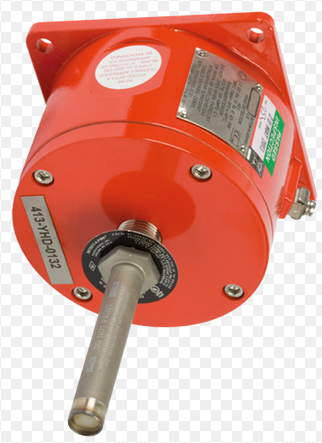
Smoke detectors testing and supply
Smoke detectors are used in confined areas where smoke can be easily detected. When used with CO2 or Halon extinguishing systems, the detectors are mixed zoned types. Usually one is an ionisation type and the other one is a photoelectric type.
Ionization smoke detectors
The detectors are sensitive to visible and invisible smoke particles
produced during the incipient stages of a developing fire. They are suitable
for use as early warning fire detectors in a wide range of
industrial,commercial and residential applications.
Operating Principle
Photo electric “optical” smoke Detectors
Descrlption
Photoelectric Smoke Detector consists of a detector head and
base.
The head Is a solid-state device which has a high reliability light sensor
(silicon photodiode) and a pulse signal processor (LED). The base contains an
LED for alarm verification, screw terminals, and bifurcated contacts. When lit
the LED Indicates the smoke detector has latched into an alarm condition.
The detector head twist locks Into the base and Is secured
by a special locking screw.
The detector head can be inserted or removed for inspections
and cleaning without effecting wiring connections.
The Photoelectric Smoke Detector incorporates the light
scattering principle within its solid- state sensing chamber. This allows the
detector to sample optimum products of combustion (smoke) entering from any
direction while rejecting ambient light levels.
In its non-activated state, the beam generated by the
pulsating light source is not seen by the light sensor, as it is positioned out
of the direct path of the beam.
In its pre-activated state, smoke will enter the sensing
chamber causing the light source beam to deflect across the light sensor. This
deflection must persist for a preset period of time to be recognised as an
alarm condition.
The detector latches into an activated state when the smoke
concentration exceeds the calibration point and is verified by the detector
time delay circuit. The detector will then transmit an electrical signal to the
control unit producing an alarm condition.




